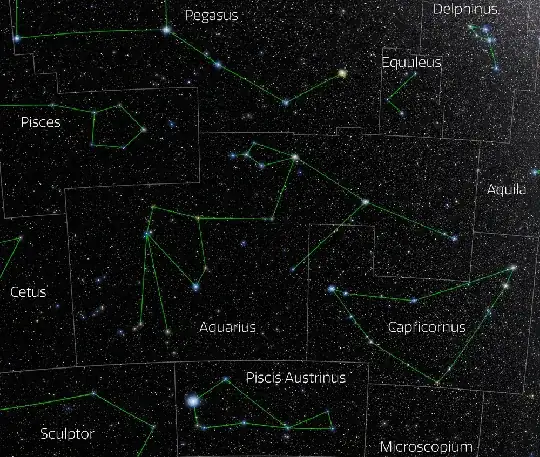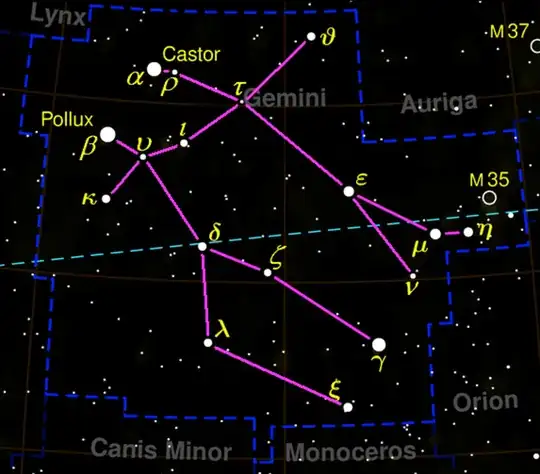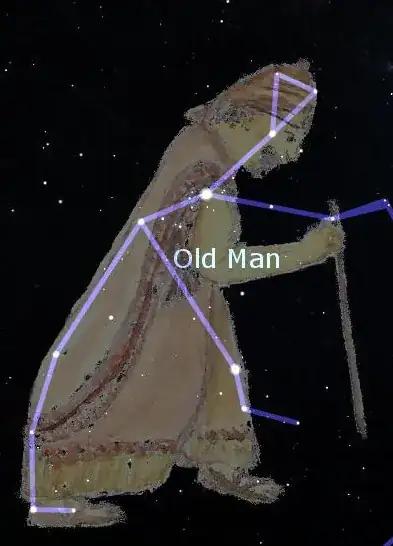I think we can all agree that, despite some attempts, it is nearly impossible to see any bulls, rams, crabs or whatever in the stars. So the constellations were not named for their shapes. To me it makes more sense that they would be names in honour of gods and myths. So I think this question is appropriate to this forum: How were the constellations named?
3 Answers
You may find this an interesting read: The Celestial River: Identifying the Ancient Egyptian Constellations
This astronomical study of the night sky in ancient Egypt, using modern software, demonstrates that the emblems of the districts of Upper and Lower Egypt represented ancient constellations that were rising, setting, or culminating in sequence. The “emblem constellations” indicate that the ancient Egyptians possessed early representations of many of the classical constellations known to the Greeks, such as Leo, Scorpius, Aquila, Aquarius, Taurus, Orion, Canis Major, and Lepus.
The analysis of the emblems of Upper and Lower Egypt enabled a hypothetical identification of 36 ancient Egyptian constellations. Furthermore, 28 out of the 38 Egyptian constellations are nearly identical matches, both astronomically and iconographically, when compared to the Ptolemaic list of 48 classical Greek constellations.
- 5,418
- 7
- 17
Excerpt from your "question": I think we can all agree that, despite some attempts, it is nearly impossible to see any bulls, rams, crabs or whatever in the stars. So the constellations were not named for their shapes.
I have to disagree, as I so happen to hold the opposite to be true:
The constellations were indeed named after the shapes humans perceived in them due to an effect known as pareidolia (the human tendency to recognize patterns in randomness). Pareidolia causes us to see a Man in the Moon or other lunar pareidolia as well as star figures in the sky (asterisms). The reason is the same for both cases.
In many early civilizations, it was common to associate groups of stars in connect-the-dots stick-figure patterns. Some of the earliest records are those of ancient India in the Vedanga Jyotisha and the Babylonians. Different cultures identified different constellations, although a few of the more obvious patterns tend to appear in the constellations of multiple cultures, such as those of Orion and Scorpius. // [source]
Many constellation patterns are obvious and not difficult to spot. To give you some examples:
- 111
- 4
After posting this question, I have come across a theory that I found persuasive, at least for the Zodiac, which is this: the signs of the months came first, the names of the constellations came later.
For example, september 23 is the equinox, when day and night are balanced, so the following month became the month of the "balance". European cattle used to give birth between may and april, so this became the month of the "bull". And so on.
At some later stage, the constellation where the sun rises during a particular month "inherited" the sign of that month, regardless of what they look like in the sky. This way we get the "balance", the "bull", etc.
Nice texts about this stuff can be found at https://oldeuropeanculture.blogspot.com/
- 151
- 1
- 6



